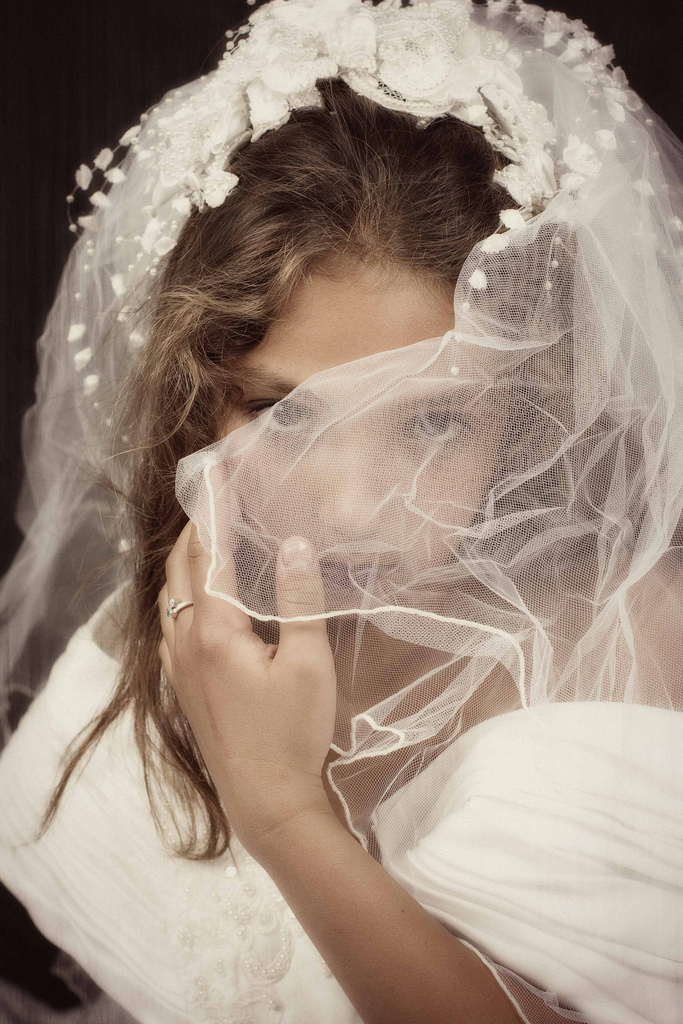WHO, West African Ministers of Health Develop Ebola Strategy
/Sarah Joanne Jakubowski, Ghana CorrespondentLast Modified: 13:50 p.m. DST, 07 July 2014
ACCRA, Ghana -- Last week an Emergency Ministerial Meeting was held in Accra to discuss the growing Ebola epidemic.
The disease, which can have up to a 90% fatality rate, started in rural Guinea then spread to neighboring Liberia and Sierra Leone. Without intervention, it will continue its international invasion.
The World Health Organization (WHO) says the proposed strategy to treat, control and prevent Ebola will cost $10 million and would need to be put into place within the next six months.
Representatives called on the African Union and The Economic Community of West African States (ECOWAS) for the funds.
The plan would set up an Ebola treatment and research center in Guinea as well as smaller centers in other affected areas. Funds will go to training and deploying staff, providing medical equipment and supplies to affected or at-risk regions and educating the public.
An emphasis was placed on research, both to develop treatments and cures and also social research to gauge public understanding and reaction to the disease. However, Africa's research facilities were described as "weak" and a request for global collaboration among scientists was issued.
When asked if border control was a viable solution to control the spread of the disease, the idea of country-wide quarantines was shot down.
Ministry of Health & Social Welfare (MOHSW) Liberia explained that there were so many border crossing points it would be impractical to watch all of them. The Minister went on to say that while his country was able to stop several travelers who were carrying the disease, there were many false positives and possibly cases where infected travelers were not yet showing symptoms and so got through. A key problem was that Ebola can incubate unnoticed for up to 21-days in a seemingly healthy person.
Some traditional practices can help spread diseases, and doctors across the region are urging people to seek assistance from trained doctors or one of the international organizations that are on the ground providing help, education, and intervention. Organizations such as UNICEF Liberia, The International Federation of Red Cross and Red Crescent Societies (IFRC), and Medicins Sans Frontieres.
These organizations in conjunction with local doctors and government health officials urged all West African citizens to take precautions when handling the sick and deceased. Practices involving delayed burials and prolonged contact with the dead facilitate disease spread.
"People don't know what they're dealing with" explained, emphasizing the need to especially educate churches, those whose jobs involve handling the dead, as well as the need to educate family members about Ebola so that the sick can seek immediate treatment to avoid infecting others.
This is a very urgent issue, and though citizens in the West may feel that they are immune from this disease, it takes just one person to breach the borders of any Asia, Middle East, European Union, or North/South American countries for the deadly virus to become a global pandemic.
Follow Sarah on Twitter Twitter: @nahmias_report Africa Correspondent: @SJJakubowski
Related articles
Is Ebola heading to a city near you? (examiner.com)
As Death Roll Rises, Eleven Nations Agree On Joint Strategy To Combat 'Unprecedented, Out Of Control' Ebola Outbreak (publichealthwatch.wordpress.com)
Ebola 'threatens more West African nations' (aljazeera.com)
Suspected Ebola Case Reported In Accra (modernghana.com)





















